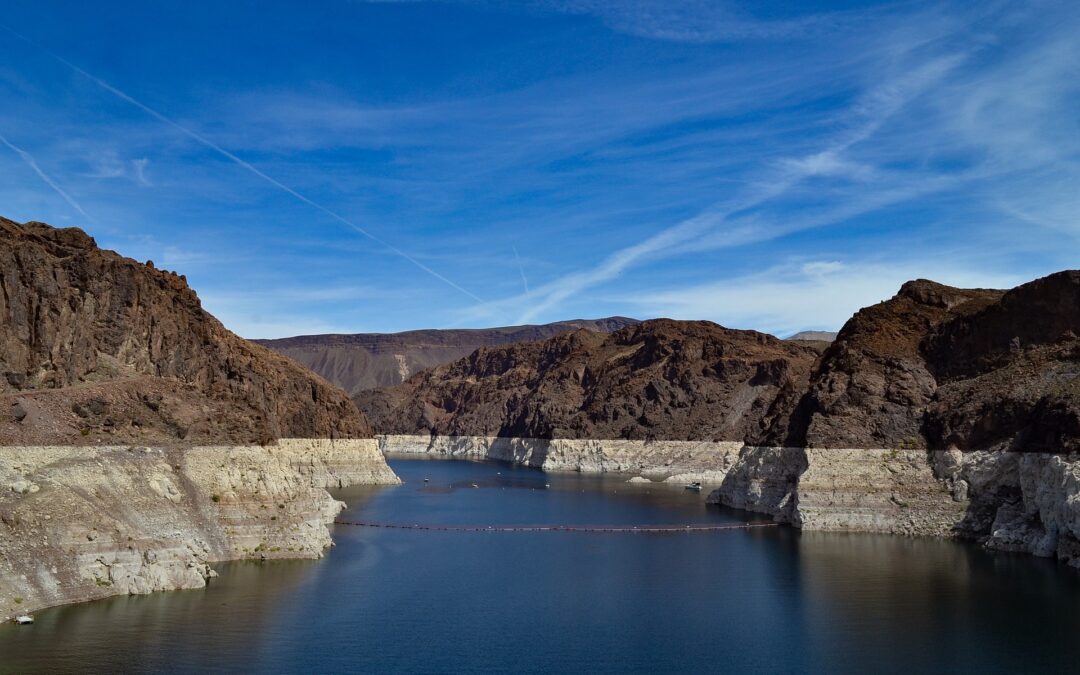Why Is Lake Mead Water Level Decreasing?
Lake Mead, situated on the Colorado River, is at an all-time low, with water levels dropping significantly in the past decade. It is alarming because Lake Mead serves as a source of water for millions of people in Nevada, Arizona, California, and Mexico. Lake Mead’s water levels have been dropping from periods of low precipitation and high temperatures, making it vital to scrutinize the causes of the problem. Given the relevance the topic may bring to survivalists, let’s take a deep dive into what’s contributing to the downfall and what the future could look like.
Climate Change: Climate change has significantly contributed to the decline of the water levels in Lake Mead. This is due to increased temperatures leading to the more rapid as well and intense evaporation of water. The less snow in the winter also leads to less water from the runoff, causing dire consequences to the lake’s supplies. Scientists project that the impacts of climate change will only worsen in the coming years.
Population Growth: The population growth in the lower Southwestern US has had a significant impact on the downward trend of water levels in Lake Mead. With more people demanding water, the water supply can no longer keep up with the demand. The growing communities of Las Vegas, Phoenix, and surrounding areas are particularly reliant on Lake Mead as a water source, a significant factor in the water depletion in recent years.
Agricultural Activities: Agriculture is a top industry in the Southwest, and these activities in the area heavily utilize the Colorado River and water supplied by Lake Mead. Irrigation duties take up a significant portion of the lake water, with factors such as crop expansion leading to larger irrigation bills. This has caused the water levels to decrease, with projections showing that crop expansion into formerly untouched areas may increase over time.
Dams and Reservoir Management: There are over 40 large dams over the Colorado River, with Lake Mead being the largest reservoir that stores water that runs to the dams ultimately. These dams have different storage management operating procedures, with the reserves collectively dropping the water levels. It is worth noting that there are efforts to improve the efficiency of water storage with new techniques being instituted, but the impact of existing flawed management systems cannot be understated
Depletion of Groundwater: The depletion of groundwater in the area is also a critical issue contributing to the water level drop in Lake Mead. Groundwater deficiencies lead to farmers pumping more groundwater, and this ultimately affects the water supply of the lake and its water supply. Lack of regulations plays a factor in this depletion, leading to over-pumping and more depletion of the groundwater resources.
Lake Mead’s water levels continue to deplete year after year, with a growing realization that freshwater depletion is an inevitable consequence of how we use and manage water resources. The reasons behind the decline are multifaceted, with overuse, depletion of groundwater, climate change, population growth, and dam and reservoir management all playing a small role. To avoid the worst scenarios, it is important for the government officials, businesses, and residents in the area to champion the cause of reducing water demand, explored low-water use alternatives as well storage initiatives, implement water-efficient technologies and infrastructure or policies. The future of Lake Mead, survival of people and animals that depend on the reservoir, are at stake; it is better to act in time and save our precious freshwater resources.





